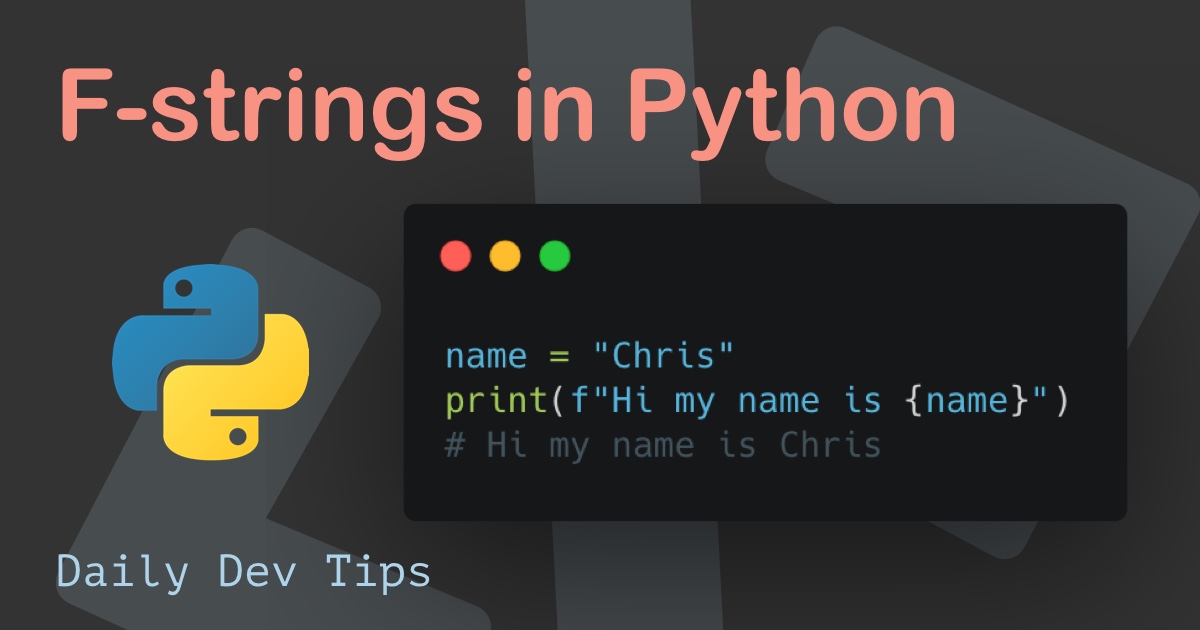Since I'm still new to exploring the Python world, I thought it would be good to understand the syntax behind if...else statements.
Basic if statement in Python
Let's start by looking at a regular if statement. In python this will be used as the following syntax.
if condition:
# do somethingYou might want to check a variable for True/False, check if a number is higher/lower, or a string is a certain value.
number = 5
string = "Chris"
boolean = True
if number > 3:
print("Number is positive")
if string == "Chris":
print("Chris in the building")
if boolean == True:
print("Boolean is true")This will result in the following:
Number is positive
Chris in the building
Boolean is trueMultiple returns for an if statement
The cool part about this is that we can have multiple returns by using the correct indentation.
Let's say we need two lines of prints.
if number > 3:
print("Number is positive")
print("This is a second positive line")That will return both lines if the statement is met!
If...else in python
As you may have guessed, this also gives us an excellent opportunity to use an else statement if the if fails.
The logic for that is as follows:
if condition:
# do something
else:
# do something elseLet's try that out with a better use case.
number = 10
if number > 20:
print("Number is bigger then 20")
else:
print("It's a smaller number")Running this code will result in:
It's a smaller numberAdding another if
The if...else might be a good solution for static boolean checks. In most real-world examples, you might want to add a specific second, third, or more if.
For that, we can use the elif, which states if the previous condition was not met, try this one.
This can still fall back to an else if we define one.
The logic:
if condition:
# do thing 1
elif condition 2:
# do thing 2
else:
# do something elseLet's try that out by checking if a number is smaller or equal.
a = 5
b = 5
if(a > b):
print("A is greater than B")
elif a == b:
print("A and B are equal")
else:
print("B is greater than A")Which will result in:
A and B are equalThis kind of elif statement can be used multiple times.
Thank you for reading, and let's connect!
Thank you for reading my blog. Feel free to subscribe to my email newsletter and connect on Facebook or Twitter

